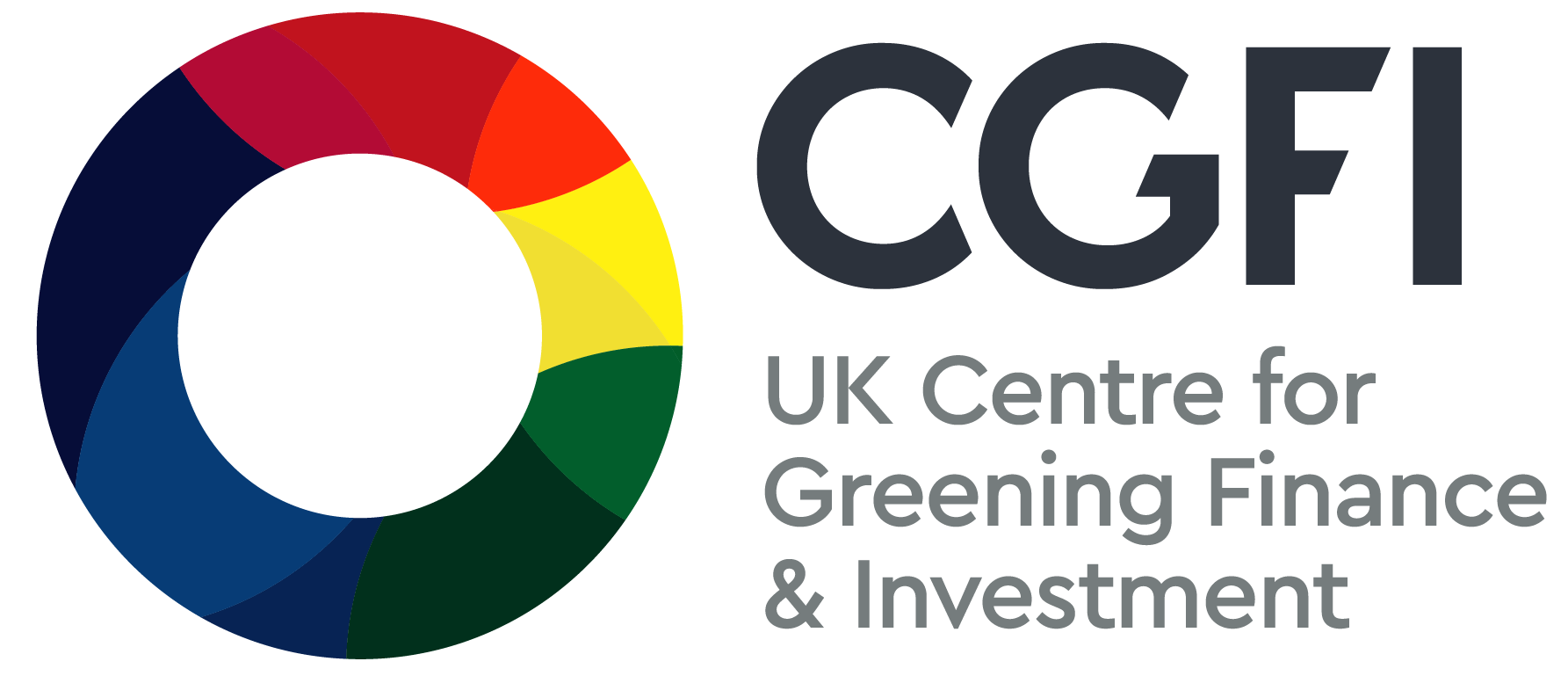TRANSITION RISK
If we want to meet the goals of the Paris agreement, we need to transition towards a net zero carbon economy. This transition can be defined as a structural economic change, where low carbon or net zero companies or industries displace carbon intensive ones. With the transition driven by policy, technology and changing consumer preferences.
The alignment of the global economy with the goals of the Paris Agreement will, therefore, have consequences for nearly all assets, companies, and investors in our economy. Particularly as carbon-intensive natural and physical assets are at risk of becoming “stranded”.
The Bank of England defines transition risk as “the risks of economic dislocation and financial losses associated with the transition to a lower carbon economy”. Central banks and financial supervisors are recognising the potential impact on the financial sector from the transition to a low-carbon economy.
This is highlighted by international platforms such as the Central Banks’ and Supervisors’ Network for Greening the Financial System (NGFS), that aim to support best practices and contribute to building a climate-resilient financial system. Climate stress-test and scenario exercises developed by these institutions have highlighted the extent to which a disorderly and delayed transition has higher costs than an early and smooth transition.

